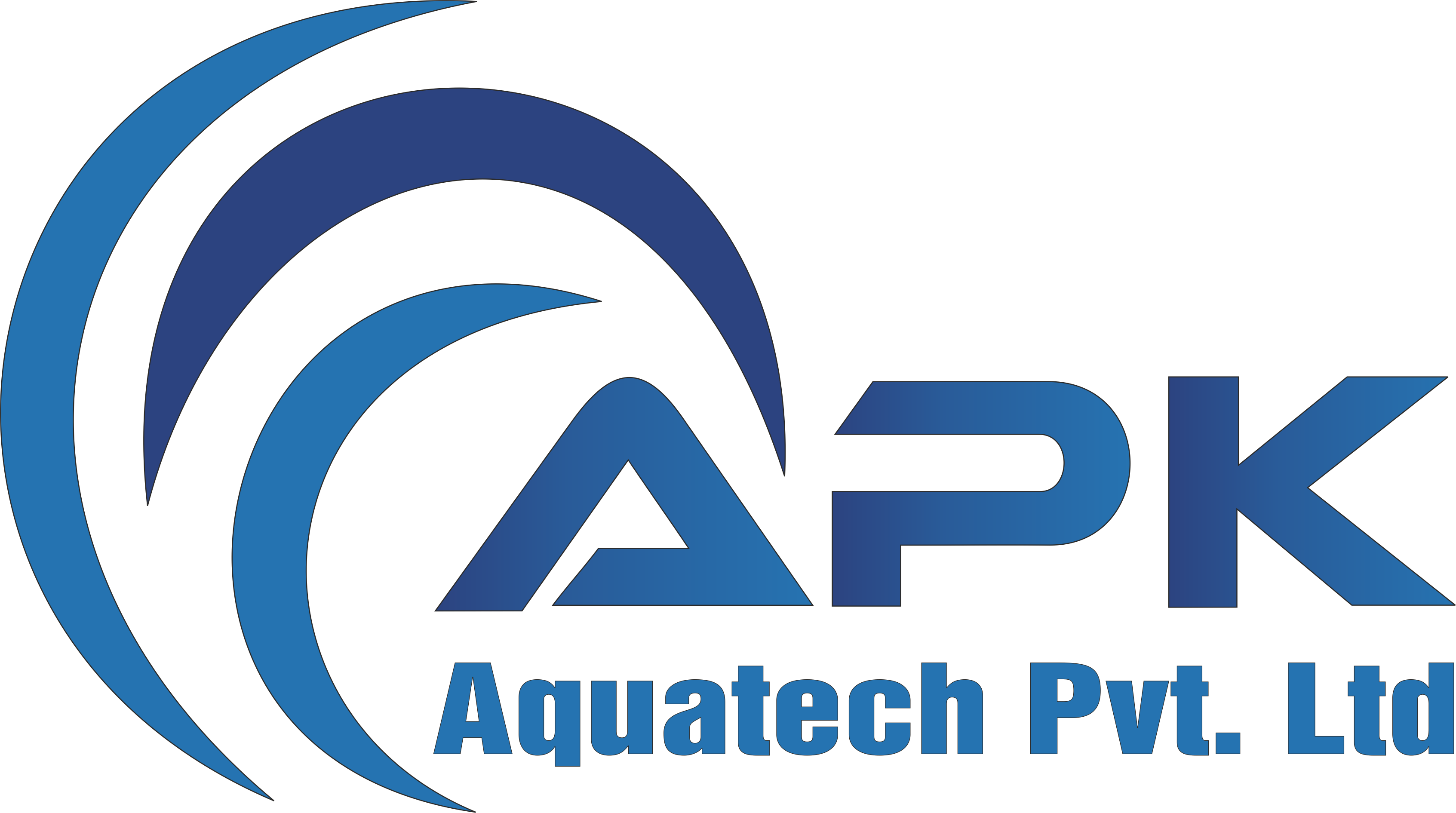
Pretreatment Equipments
Drinking Water / Mineral Water Plant
Microbiological Treatment Equipments
ENQUIRE NOW
Water Treatment Plant
Pre-treatment of water is important because it removes contaminants from water before it’s finally treated, which improves water quality and protects the equipment down the line from getting damaged
The removal of suspended impurities, solids, colloids, and living organisms from raw water or wastewater depends on pre-treatment. Pre-treatment makes sure that seasonal variations, severe weather, or industrial pollution have limited impact on water quality
- Pretreatment removes physical, chemical, and biological contaminants like bacteria, viruses, and suspended solids.
- Pretreatment can remove contaminants that make water taste, smell, or look bad.
- Pretreatment can reduce the risk of illness by removing contaminants that can cause health problems.
- Pretreatment prevents physical contaminants from clogging pumps, membranes, and filters.
- Pretreatment prevents physical contaminants from clogging pumps, membranes, and filters.
- Pretreatment can remove flammable and combustible materials from water.
- Pretreatment ensures that the drinking water supply is safe and doesn't contain dangerous contaminants.
Chemical Dosing Systems
In water treatment, chemical dosing systems play a crucial role in maintaining water quality.
Water disinfection with chemicals is considered safe because only small, managed amounts of chemicals are added to the untreated water (just enough to kill bacteria and other microorganisms). However, most forms of chemical water disinfection react with naturally occurring organic matter to produce disinfection byproducts, which (according to the Centers for Disease Control) may have dangerous health effects, including cancer.
There are many types of Dosing Systems some of them are:
Coagulation & Flocculation /Chemical Precipitation
Pretreatment removes physical, chemical, contaminants and suspended solids. This procedure begins with a series of mixing reactors, usually one or two, that add particular chemicals to remove any finer particles from the water by combining them into heavier particles that settle out. Coagulation is charging neutralization of finely divided and colloidal impurities in water into masses that can be filtered. In addition, particles have negative electrical charges, which cause them to repel each other and resist adhering together. Coagulation, therefore, involves neutralizing the negative charges and providing a nucleus for the suspended particles to adhere to. Flocculation is the bridging together of coagulated particles. Chemical precipitation is a process in which chemicals react with dissolved minerals in water to form a relatively insoluble reaction product. Precipitation procedures are used to reduce dissolved hardness, alkalinity, and silica etc.
Chlorine Dosing System
A chlorine dosing system is a method of disinfecting water by introducing chlorine into the water supply. Chlorine is a widely used disinfectant that effectively kills or inactivates bacteria, viruses, and other microorganisms present in water, helping to address problems of water supply and waterborne diseases. The chlorine dosing system is particularly important in areas where water conditions may be compromised, leading to contamination and the risk of bacterial infection.
SMBS Dosing System
Sodium Metabisulfite (SMBS) dosing is essential because chlorine is highly reactive and can damage the RO membranes, which can reduce the efficiency of the RO plant.
SMBS is a common form of pretreatment for reverse osmosis systems and works in removing free chlorine, including being used as a biostatic. SMBS is preferred to be used for larger water treatment systems than other chemical reducing agents such as carbon filters and sulfur dioxide due to its advantage of reducing the chance of bacteria growth than produces biological fouling.
pH Correction System
pH dosing systems, also known as pH control systems, are highly automated devices capable of measuring, adjusting and monitoring a range of water properties. These systems are widely used in commercial and industrial applications, including waste and recycling water applications. A pH dosing system is a process that involves correcting the water’s pH level in order for it to reach an acceptable level within regulations for safe disposal, with minimal harm to the environment.
Antiscalant Dosing System
Antiscalant is a crucial component in water treatment, especially for reverse osmosis (RO) systems. Antiscalant chemicals are used to prevent the scaling & fouling of the RO membranes. The Antiscalant dosing should be done before reaching the RO membranes to break up sulfate precipitates, calcium carbonate, Silica and other mineral fouling.
As antiscalant reduces membrane fouling more effectively than any other pretreatment, it is the preferred method for water systems.
Pretreatment Equipments
ION Exchange Systems
- Softeners
- Demineraliser (DM)
- Mixed Bed (MB)
Desalination Water Plant
- Sea Water Membrane
- Brackish Water RO Membranes
Menbrane Systems
- Ultra Filtration
- Nano Filtration
- Reverse Osmosis Systems
- Electro de ionization [EDI]
Microbiological Treatment Equipments
- Chemical Dosing Systems
- Ultraviolet Sterlisers
- Ozonators
- Absolute Micron Filtration
Water Treatment Plant
APK Design Water Treatment Plants for customized applications like Potable / Mineral Water, Desalination, Process Water for Industries, Purified Water Generation Systems (PWGS) for Pharma, Ultra-pure Water for Power Plant.
Water pretreatment is important because it removes contaminants from water before it’s treated, which improves water quality and protects the equipment used to treat it.
The removal of suspended impurities, solids, colloids, and living organisms from raw water or wastewater depends on water pre-treatment. Water pre-treatment makes sure that seasonal variations, severe weather, or industrial pollution have no impact on water quality.
- Pretreatment removes physical, chemical, and biological contaminants like bacteria, viruses, and suspended solids.
- Pretreatment can remove contaminants that make water taste, smell, or look bad.
- Pretreatment can reduce the risk of illness by removing contaminants that can cause health problems.
- Pretreatment prevents physical contaminants from clogging pumps, membranes, and filters.
- Pretreatment can remove flammable and combustible materials from water.
- Pretreatment ensures that the drinking water supply is safe and doesn't contain dangerous contaminants.




